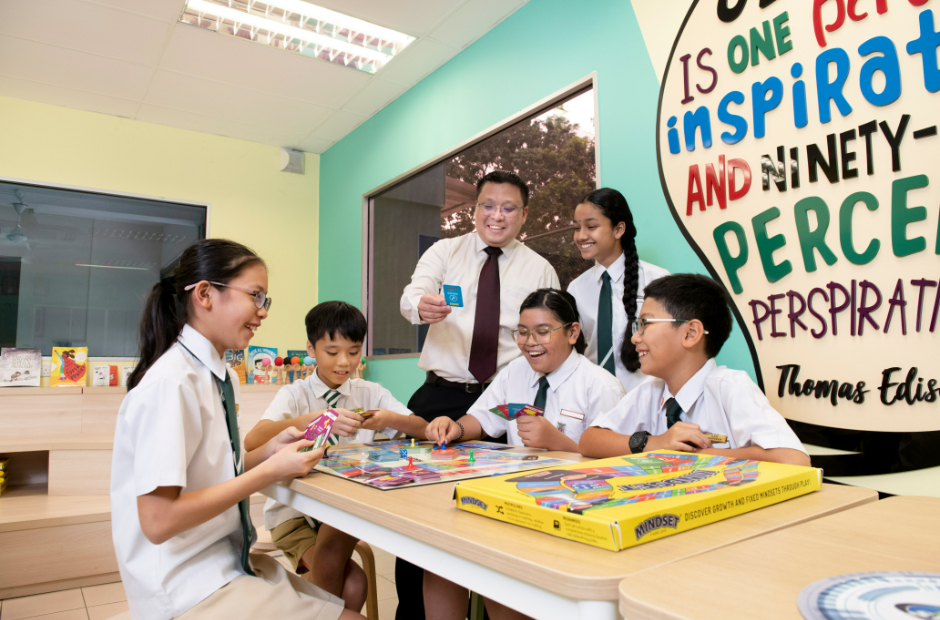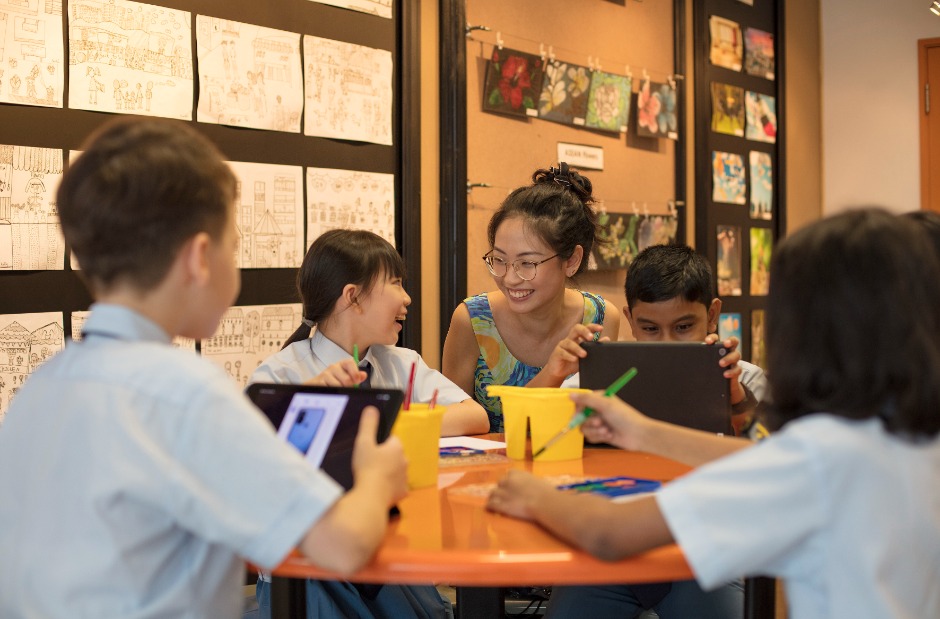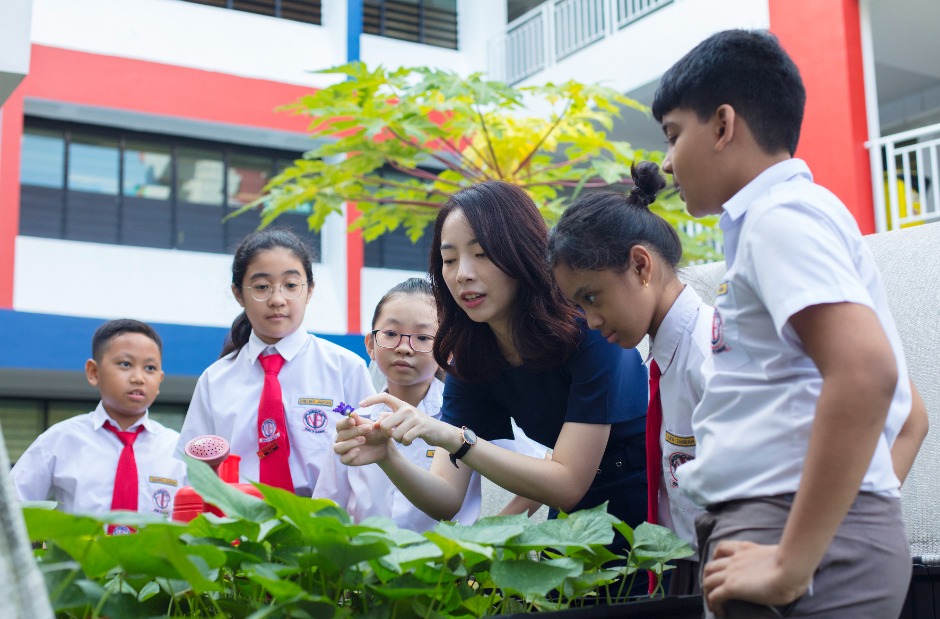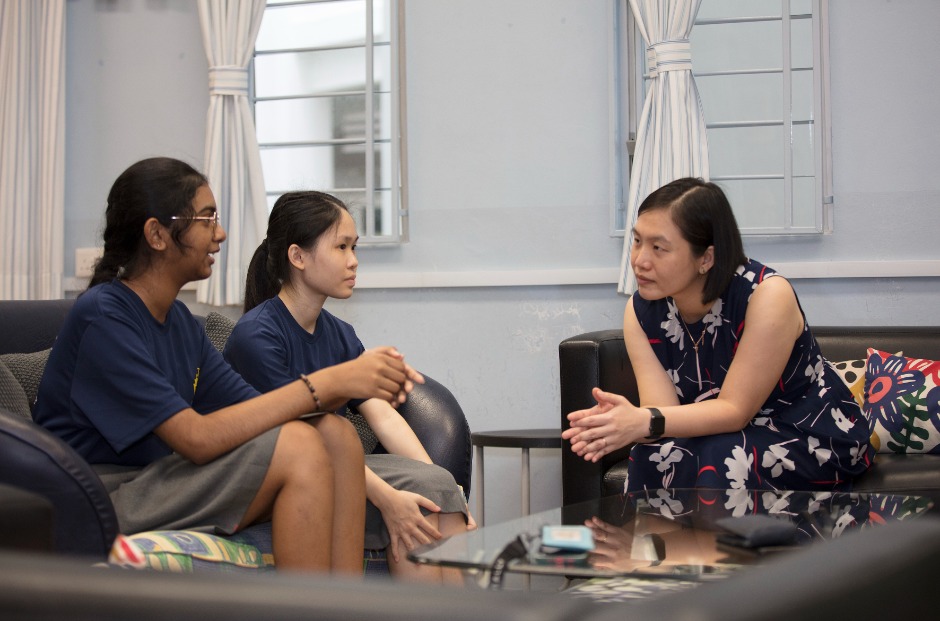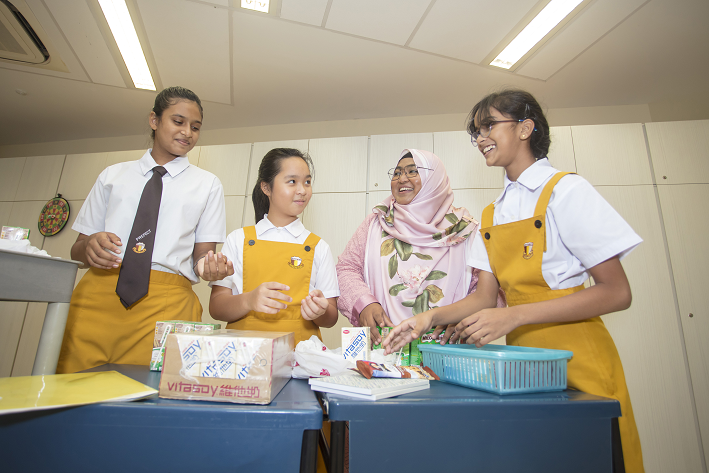The Value of Technology
14 Jul 2022
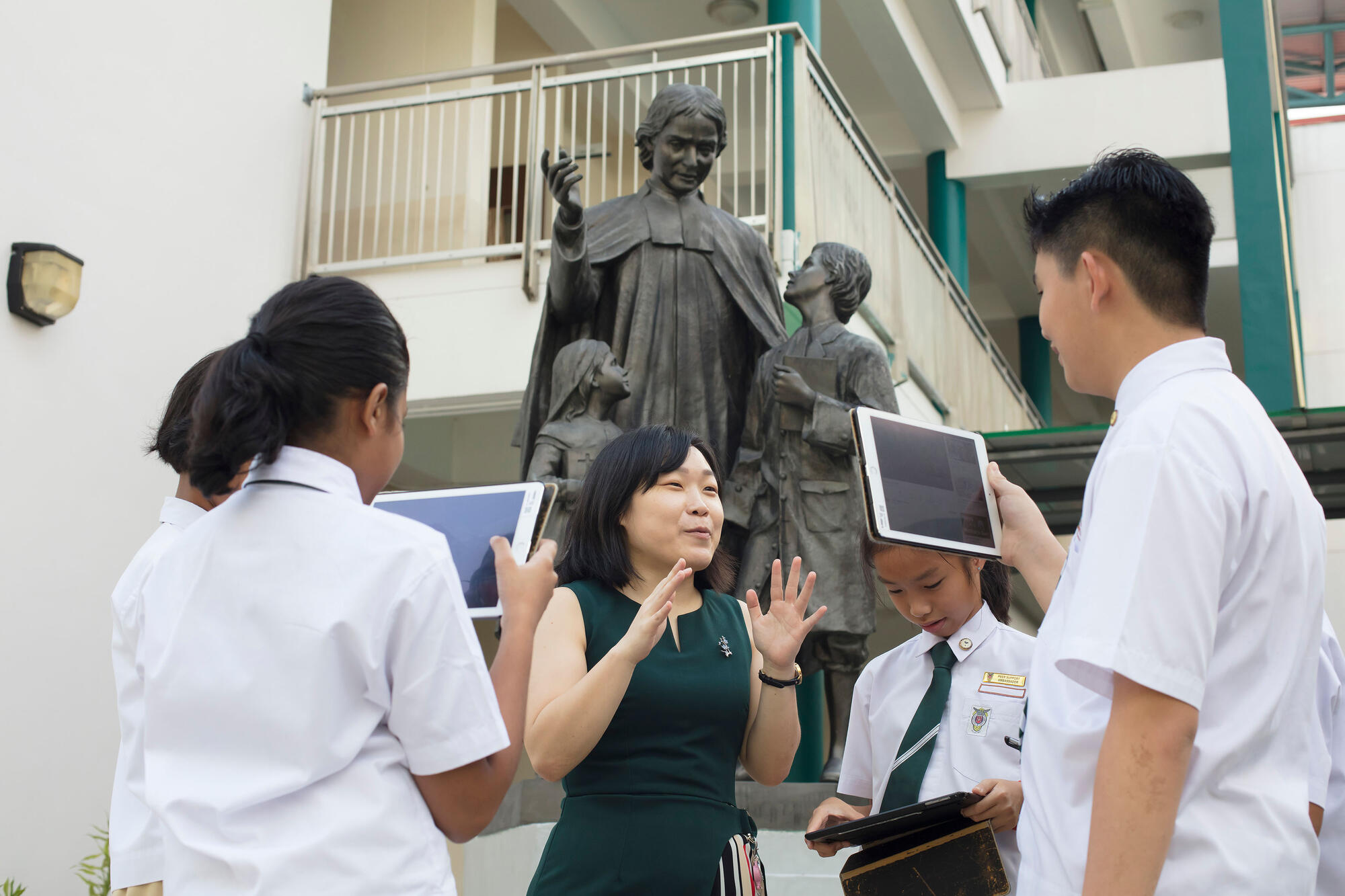
Her students ride roller coasters and build carnival games to understand abstract concepts, thanks to their tech-loving teacher Ms Tan Shu Tian. Even when it comes to turning around challenging students and teaching them self-discipline, Ms Tan brings in ICT.
By Tan Shu Tian, St. Anthony’s Primary School, Outstanding Youth in Education Award 2022 Recipient
Tell us a story that captures the kind of teacher you are.
I launched the School CyberSmart ICT (CSI) leadership initiative to get students involved in the audio-visual and IT elements at school events, and to be cyber wellness advocates. At the same time, in my own classes, I observed that there were some students with behavioural challenges, but who were very eager to help with IT support.
One such student had an issue with expressing his opinions appropriately. He was very quick to speak up without being sensitive to the feelings of others. He was quick-tempered and not very open to feedback.
“…every child can be a blessing to others and find meaning by serving in small but significant ways.”
Seeing his keen interest in technology, I nominated him to serve in the school’s CSI team. I wanted to give him opportunities to shine and know what it feels like to be a blessing to others. To prepare him, I sat with him and briefed him on the roles, responsibilities and expectations that came with being a School CSI leader.
Being on the team, he had to learn to work with his seniors and guide his juniors. He had to learn the ropes of how to operate the school AV/IT system on the job and he shared that it felt good to help his teachers prepare for assembly. Over time, he got so good at it that he could teach his juniors.
As a cyber wellness advocate, he worked with fellow CSI leaders and students from the School of Science and Technology (SST) to explore ways to encourage students to stay safe online. From this collaboration, he learnt how to express his opinions clearly and politely when planning activities to bring out cyber wellness messages. He benefited from the partnership and guidance of others, and was able to guide others, too, when he shared about his project with his schoolmates.
Over this period, I sought feedback from his other teachers and checked in with him regularly. During these touch points, I would praise him for what he had done well. For example, he was stepping up to help his classmates and proactively helping the teacher set up the laptop and projector for lessons. We also spoke about what he could improve on. Teachers also shared that he was more polite and less disruptive in class.
We noticed that he was taking more ownership over his words and behaviour by making a conscientious effort to manage his emotions and speak with sensitivity. For instance, when his peer set up the wrong track for morning assembly, he was not only able to resolve the situation but also politely told his peer what he had done wrong. He said, “This is the Wednesday track. Today is Thursday. You need to look at the naming of the CD sleeves and be more careful when you set up the track to play, so that assembly will run smoothly.” I was so proud of him.
My experience with this child has reinforced my belief that every child can be a blessing to others and find meaning by serving in small but significant ways.
Describe a teaching method or tool you have found effective.
As a Science teacher, I have observed that my students face difficulty understanding the more abstract physical science concepts.
So when the time came to teach gravitational potential energy, I decided to help my students experience the concept by watching a 360 video of a roller coaster ride. They could experience the energy force of the ride, rather than simply hearing the concept explained.
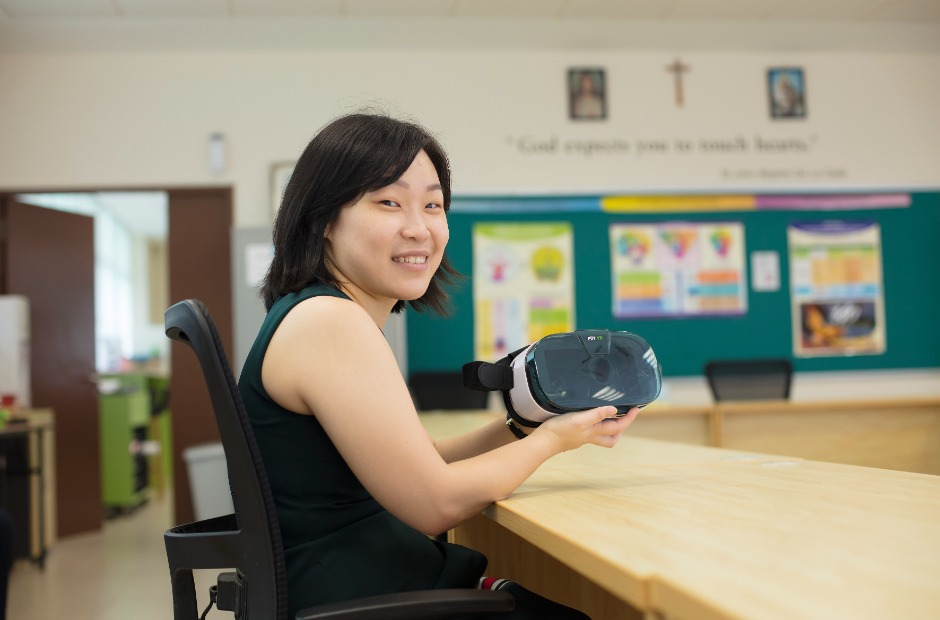
Ms Tan with a virtual reality headset used for watching 360 videos
Before the start of the experience, I briefed my students on what to look out for during the ‘ride’, such as the height difference between the starting and landing point of each drop, the speed at which they moved, the sound of the wind and the size of the surrounding objects they saw during the ride.
As the roller coaster climbed, my students held their breath and when the drop came, some shrieked in exhilaration. After the experience, they could hardly contain their excitement and were keen to discuss their observations. They were able to articulate that the greater the height difference or the steeper the drop, the faster the roller coaster would be. Through these observations, we were able to distil the understanding that it is the height difference that matters and not the height at which the object is held. They also experienced how a greater height difference would result in an object having more gravitational potential energy, which would be converted to more kinetic energy, which they would experience as greater speed.
“…their virtual experience…worked better than any number of explanations I could have attempted.”
This was a revelation that came through their virtual experience and worked better than any number of explanations I could have attempted. I like using ICT tools to create experiences that help students visualise and understand concepts. For instance, for a Science revision lesson, I designed an Escape Room experience to help identify and address students’ misconceptions. I have also used such tools in my Mathematics lessons on model drawing.
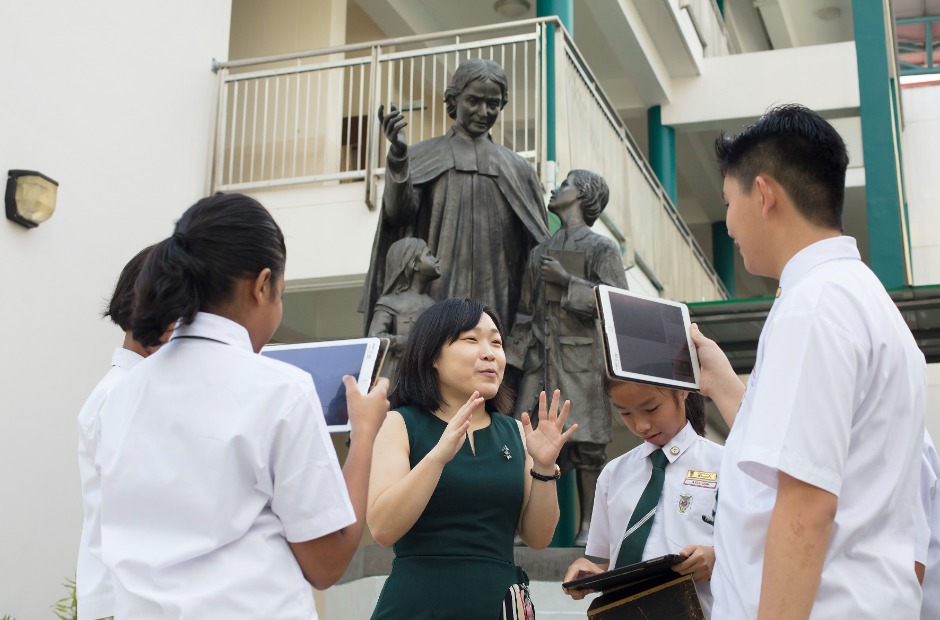 Guiding students to embark on a virtual Escape Room experience
Guiding students to embark on a virtual Escape Room experience
After their virtual roller coaster experience, students shared that they not only appreciated the design of roller coasters but also had more faith in them. Personally, this was a reminder of the power of using ICT to help my students construct their own learning and understand the use of Science in real-life contexts.
Which school project or initiative are you especially proud of?
My school’s Applied Learning Programme, CODE@SAPS is a platform for students to learn computational and design thinking to solve real-life problems.
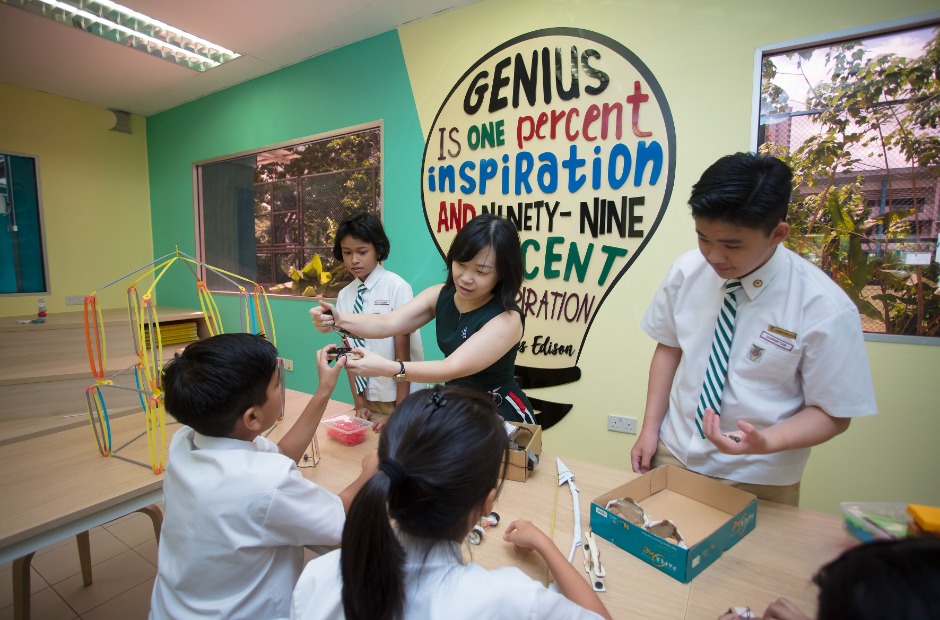
CODE@SAPS in action
When I was conceptualising the programme with my team, I wanted to give the students the opportunity to trouble-shoot and to explore different solutions to issues in a safe space.
Our coding programme allows students to design, build and test solutions to a given real-life problem. In doing so, they learn to communicate their differing viewpoints, recognise each other’s strengths and work together to achieve their common goals. They also learn to bounce back and try again after unsuccessful attempts. These are skills and attitudes that will serve them well in the future.
In particular, I recall one task where P4 students created carnival games using recyclable items and microbits. This was related to their Science lessons on light. Not only did the students have great fun in designing the games, but this also this opened their eyes to how digital counters and sensors work. They also saw how concepts like light travels in a straight line and electrical conductors are applicable in the real world.
The students were totally engaged in the task. It was a memorable moment for me. They proactively sought feedback to understand why their prototypes did not work at first, and enthusiastically explored alternative solutions. It was heartening to see them take ownership over their artefact and continually strive to improve it. Through this hands-on experience, they could understand and experience scientific concepts.
At the end of the programme, we celebrated their journey and success through a student showcase. They proudly shared their products with their classmates, while also trying out the products created by other groups. To me, it was a celebration of their resilience and team spirit in working towards their goals.

